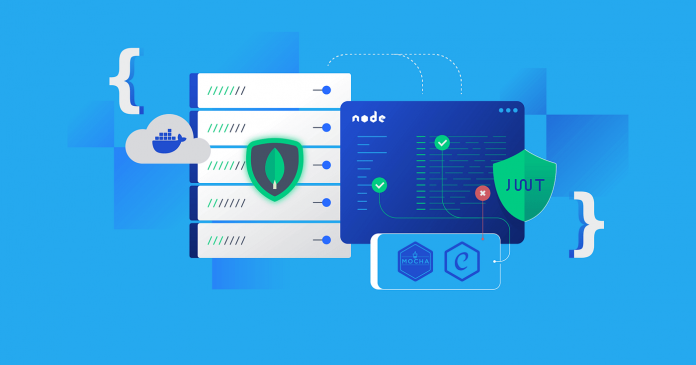Backend development is a critical aspect of web development that focuses on the server side of web applications. While frontend development deals with creating user interfaces and user experiences that visitors interact with directly, backend development handles the behind-the-scenes operations that power these interfaces. In other words, it’s responsible for the functionality, logic, and data management that allows the front end to deliver a seamless and dynamic user experience.
Definition and Role
Backend in web development involves creating and maintaining the server, databases, and the application’s core logic. It’s the backbone of a web application, managing data, processing requests, and delivering responses. The backend acts as the bridge between the frontend and the server, handling tasks that require processing, storage, and interaction with databases, external services, and APIs.
The backend developer’s role encompasses designing the architecture of the server, setting up the databases, writing the server-side code that processes requests and manages data, and ensuring the application’s security. Additionally, backend developers often work closely with frontend developers, as both teams need to collaborate to create a cohesive and functional web application.
Interaction with Frontend
While frontend development focuses on creating the visual elements that users see and interact with, backend development provides the functionality that makes these elements dynamic and responsive. Here’s how the interaction between backend and frontend works:
- Data Retrieval and Storage: Backend developers design and manage databases where data is stored, such as user information, product details, and more. Frontend developers request this data from the backend to display it to users or update it based on user actions.
- Server-Side Logic: Backend developers write code to handle complex operations that require server-side processing. For example, calculating prices, managing user accounts, and processing forms are tasks that often involve backend logic.
- APIs and Communication: Backend developers design APIs (Application Programming Interfaces) that allow frontend and backend systems to communicate effectively. APIs define how data should be requested and provided, ensuring a standardized way of interaction.
- User Authentication and Security: Backend developers implement authentication and authorization mechanisms, ensuring that only authorized users can access certain parts of the application. They manage user sessions and ensure data security.
- Dynamic Content: Backend developers enable the frontend to display dynamic content by processing user inputs and generating responses based on that data. For example, displaying personalized recommendations or updating a shopping cart.
Discover What is Backend in Web Development
Server-Side vs. Client-Side: Differentiating Backend and Frontend
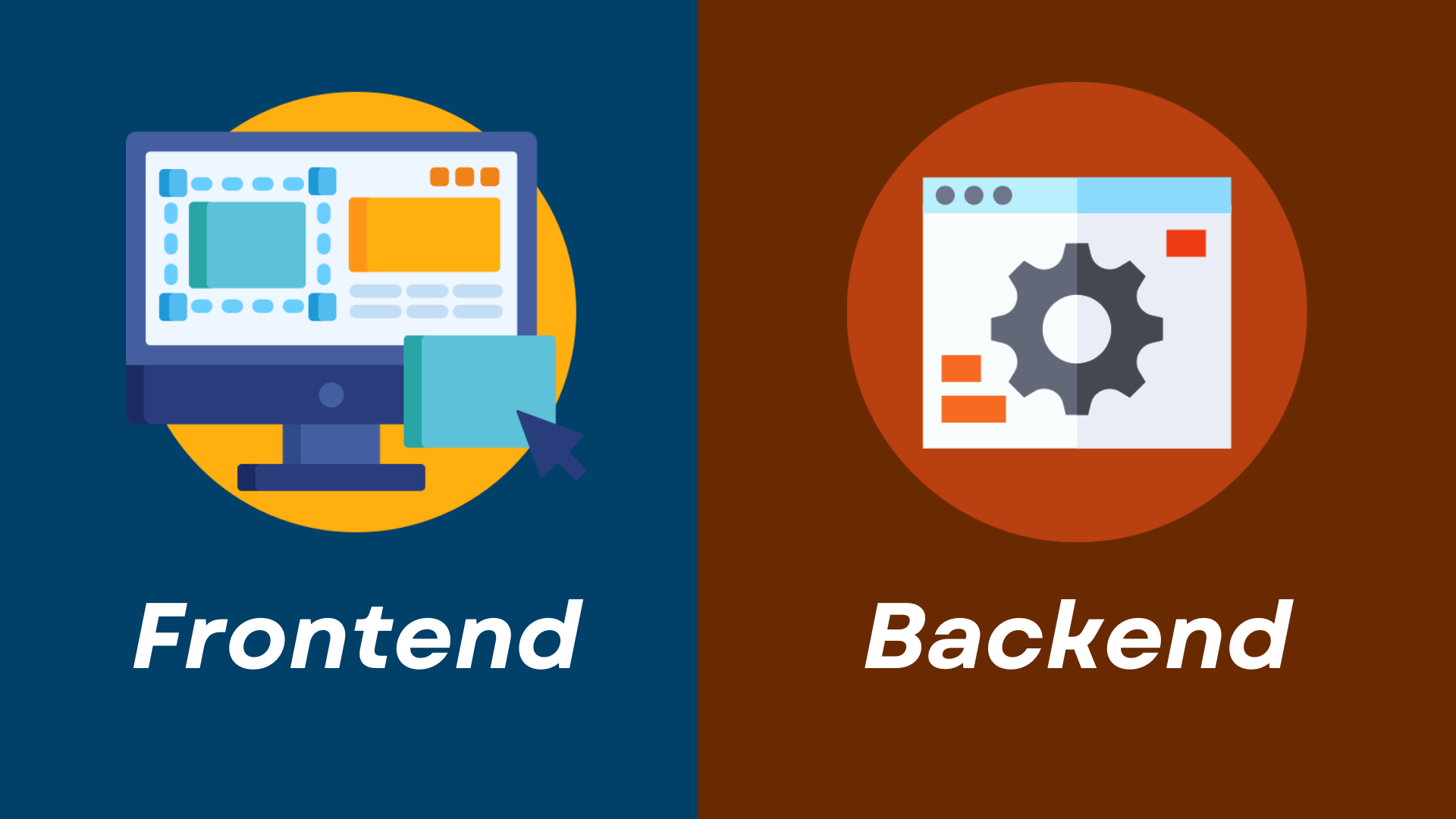
In web development, the terms “server-side” and “client-side” refer to the two primary aspects of a web application’s architecture: the backend and the frontend, respectively. Understanding the distinctions between these two sides is crucial for building comprehensive and functional web applications.
A. Differentiating Backend and Frontend
- Backend (Server-Side)
The backend of a web application is responsible for managing the behind-the-scenes operations that enable the frontend to function effectively. It encompasses a range of tasks and responsibilities that contribute to the application’s overall functionality and performance.
- Frontend (Client-Side)
The frontend, on the other hand, focuses on the user interface and presentation layer of the web application. It’s responsible for creating the visual elements that users interact with directly and delivering a seamless user experience.
Related Article: Complete Guide on Frontend Development Outsourcing
B. Server-Side Responsibilities
The backend plays a pivotal role in web development by handling various responsibilities that are essential for the overall operation of the application. Some of the key server-side responsibilities include:
- Data Management: Backend developers manage the storage, retrieval, and manipulation of data. This involves interacting with databases (SQL or NoSQL) to store user information, product details, and other relevant data.
- Business Logic: The backend is where the application’s business logic resides. This logic includes algorithms, calculations, and decision-making processes that determine how the application responds to user actions and input.
- User Authentication and Security: Backend developers implement user authentication and authorization mechanisms to ensure that only authorized users can access certain parts of the application. They also handle encryption and data protection to maintain the security of sensitive information.
- API Development: Backend developers design and implement APIs that allow communication between different parts of the application and external services. APIs enable the frontend to request data and send information to the backend.
- Server-Side Rendering (SSR) and Templating: In some cases, the backend is responsible for generating HTML templates and rendering web pages on the server side before sending them to the client. This can improve initial page load times and search engine optimization (SEO).
Languages and Technologies in Backend Development
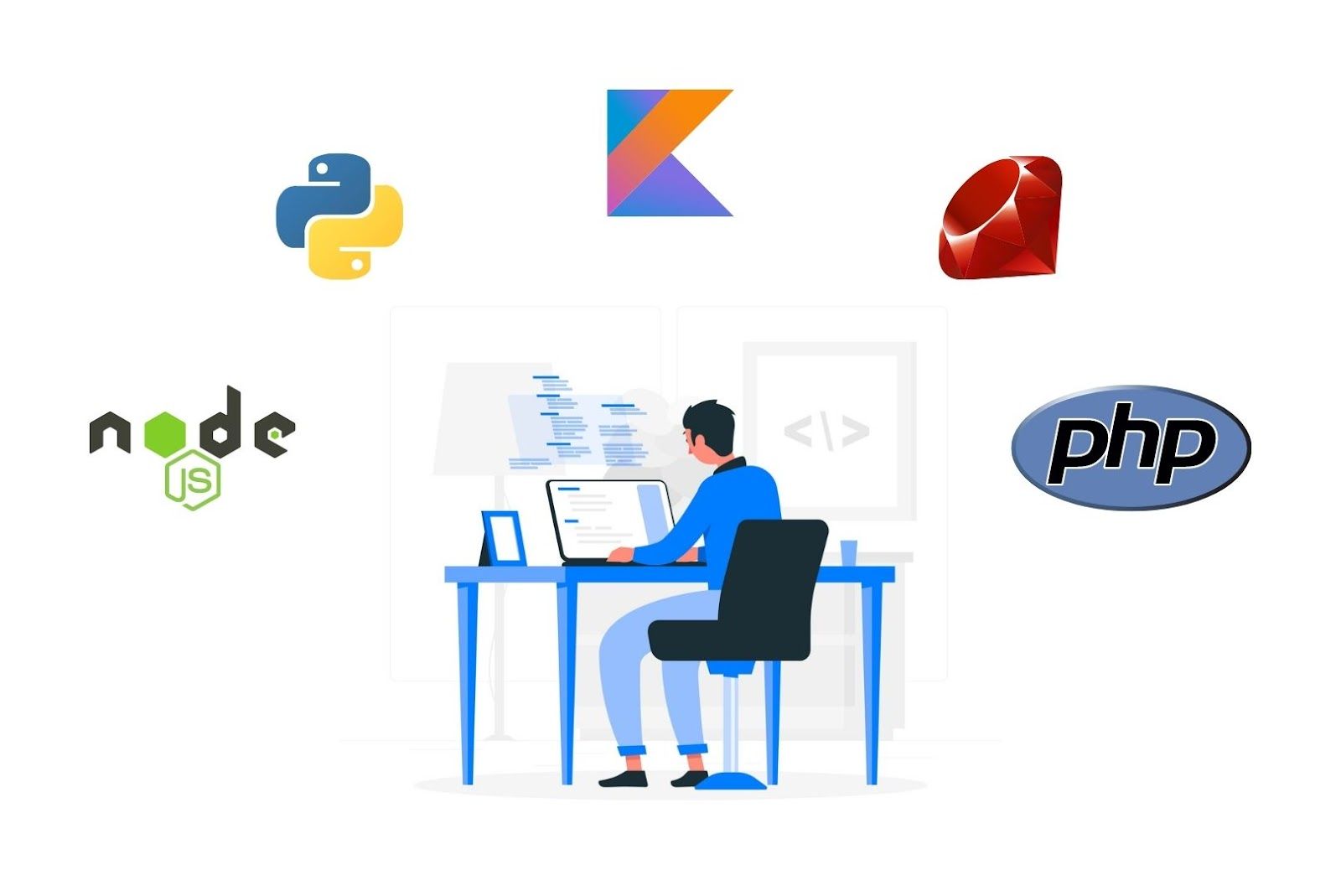
Backend development involves a wide array of programming languages, frameworks, and technologies that enable the creation of robust and dynamic web applications. Here’s an overview of some of the key components in backend development:
A. Programming Languages (Python, Ruby, Java, etc.)
Different programming languages can be used for backend development, each with its strengths and capabilities. Some popular languages for backend development include:
- Python: Known for its readability and versatility, Python is widely used for web development. Frameworks like Django and Flask make it easy to build powerful web applications.
- Ruby: Ruby on Rails (RoR) is a framework that uses the Ruby programming language to create web applications quickly and efficiently.
- Java: Java is known for its robustness and is commonly used in enterprise-level applications. Frameworks like Spring provide tools for building scalable backend systems.
- PHP: PHP has been a long-standing language for web development. It’s used with frameworks like Laravel and Symfony to build dynamic web applications.
Based on statistics, Laravel stands out as one of the top backend web development frameworks with 67,902 repository stars from users.
B. Server Technologies (Node.js, Django, Flask, etc.)
Backend development is greatly influenced by the frameworks and libraries that facilitate the building of server-side logic. Some prominent backend frameworks and technologies include:
- Node.js: Built on Chrome’s V8 JavaScript engine, Node.js allows developers to use JavaScript for server-side programming. It’s known for its event-driven, non-blocking architecture, making it efficient for handling concurrent requests.
- Django: A high-level Python framework, Django provides a clean and organized way to build web applications. It includes tools for handling databases, user authentication, and more.
- Flask: Also a Python framework, Flask is lightweight and flexible, giving developers more control over the components they use. It’s suitable for both small and large applications.
- Ruby on Rails (RoR): Ruby on Rails follows the “convention over configuration” principle, providing a structured way to build web applications rapidly.
- Express.js: A minimalist framework for Node.js, Express.js simplifies the process of building robust APIs and handling HTTP requests.
C. Databases (SQL, NoSQL)
Backend development requires efficient data management, often involving databases to store and retrieve information. Two main types of databases are commonly used:
- SQL Databases: Structured Query Language (SQL) databases like MySQL, PostgreSQL, and Microsoft SQL Server use a structured schema to store and manage data. They are suitable for applications requiring complex querying and data integrity.
- NoSQL Databases: NoSQL databases like MongoDB, Cassandra, and Redis provide more flexibility in data storage. They are particularly useful for applications with varying data structures and high scalability needs.
D. APIs and Web Services
Application Programming Interfaces (APIs) play a crucial role in enabling communication between the frontend and backend, as well as facilitating interactions with external services. Some aspects of APIs and web services in backend development include:
- RESTful APIs: Representational State Transfer (REST) is an architectural style used to design networked applications. RESTful APIs provide a structured way for clients to request and interact with resources on the server.
- GraphQL: An alternative to REST, GraphQL allows clients to request only the specific data they need, reducing over-fetching or under-fetching of data.
- Web Services: Backend developers often create and expose web services that can be consumed by other applications, both within the organization and externally. These services might provide functionalities like payment processing, geolocation, or social media integration.
Related Article: Top Web Development Programming Languages
Data Management in Backend Development

Data management is a core aspect of backend development, encompassing the storage, retrieval, manipulation, and organization of data that powers web applications. Effectively managing data is crucial for ensuring application functionality, responsiveness, and scalability.
A. Data Storage and Retrieval
Backend developers are responsible for choosing the appropriate data storage solutions based on the application’s requirements. Here are some key points related to data storage and retrieval:
- Choosing Data Storage Solutions: Backend developers decide whether to use SQL or NoSQL databases based on factors like data structure, relationships, and scalability. SQL databases use structured schemas, while NoSQL databases offer more flexibility.
- Relational Databases: SQL databases like MySQL, PostgreSQL, and Oracle use tables to store data with well-defined relationships. They are suitable for applications where data consistency and complex querying are important.
- Document Databases: NoSQL databases like MongoDB store data in flexible, JSON-like documents. They are great for applications with dynamic data and evolving schemas.
- Key-Value Stores: NoSQL key-value stores like Redis excel at caching and quick retrieval of simple data.
B. Database Management Systems (DBMS)
Database Management Systems (DBMS) are software systems that manage the storage, organization, and retrieval of data. Backend developers interact with DBMS to perform operations like creating, updating, and querying data. Some important aspects of DBMS in backend development include:
- Schema Design: Backend developers design the database schema, which defines how data is structured and the relationships between different data elements.
- Data Integrity: DBMS enforces data integrity rules, ensuring that data remains consistent and accurate over time.
- Normalization and Denormalization: Backend developers decide whether to normalize data (reduce redundancy) or denormalize it (increase efficiency by storing redundant data).
C. Query Languages (SQL, GraphQL)
Query languages enable developers to interact with databases and retrieve the required data. Two primary query languages used in backend development are:
- SQL (Structured Query Language): SQL is a powerful language used to manage relational databases. Developers use SQL statements like SELECT, INSERT, UPDATE, and DELETE to interact with the database and retrieve or manipulate data.
- GraphQL: GraphQL is a query language and runtime that allows frontend applications to request only the specific data they need. Unlike REST APIs, which often return fixed data structures, GraphQL APIs provide more flexibility and efficiency by allowing clients to define their data requirements.
Applify is proud to be listed as the best web design agency in Singapore by FinestInCity.
User Authentication and Security in Backend Development

User authentication and security are paramount in backend development to protect user data and ensure that only authorized individuals can access certain parts of a web application. Robust authentication mechanisms, along with proper data protection measures, are vital for building trustworthy and secure applications.
A. User Registration and Login Systems
User registration and login systems are fundamental to creating personalized user experiences. Here’s how backend development contributes to these processes:
- User Registration: Backend developers design the registration process, which involves collecting user information, verifying its validity, and storing it securely in the database. This often includes email validation and password hashing.
- User Login: Backend developers implement authentication mechanisms that validate user credentials during the login process. This involves comparing hashed passwords and managing user sessions.
B. Authorization and Permissions
Authorization determines what actions a user is allowed to perform within an application. Backend development handles the implementation of authorization and permissions:
- Role-Based Access Control (RBAC): Backend developers create roles (e.g., user, admin) and associate permissions with each role. This defines what actions each user type can perform.
- Access Control Lists (ACLs): In some cases, backend developers implement ACLs, which provide more fine-grained control over individual resources and actions.
C. Encryption and Data Protection
Encryption ensures that sensitive data remains confidential, even if unauthorized parties gain access to it. Backend developers employ encryption techniques to safeguard user information:
- Data Encryption in Transit: Secure Sockets Layer (SSL) or Transport Layer Security (TLS) protocols encrypt data as it travels between the user’s device and the server.
- Data Encryption at Rest: Sensitive data stored in databases is encrypted to prevent unauthorized access to the raw information.
- Hashing Passwords: Backend developers use strong cryptographic hash functions to hash passwords before storing them in the database. This ensures that even if the database is compromised, attackers cannot easily retrieve plain-text passwords.
- Salting: Salting involves adding a random value to each password before hashing it. This prevents attackers from using precomputed tables (rainbow tables) to crack passwords.
Ready to dive into the details? Explore our comprehensive article on web development cost breakdown and make informed decisions for your project!
Server-Side Logic in Backend Development
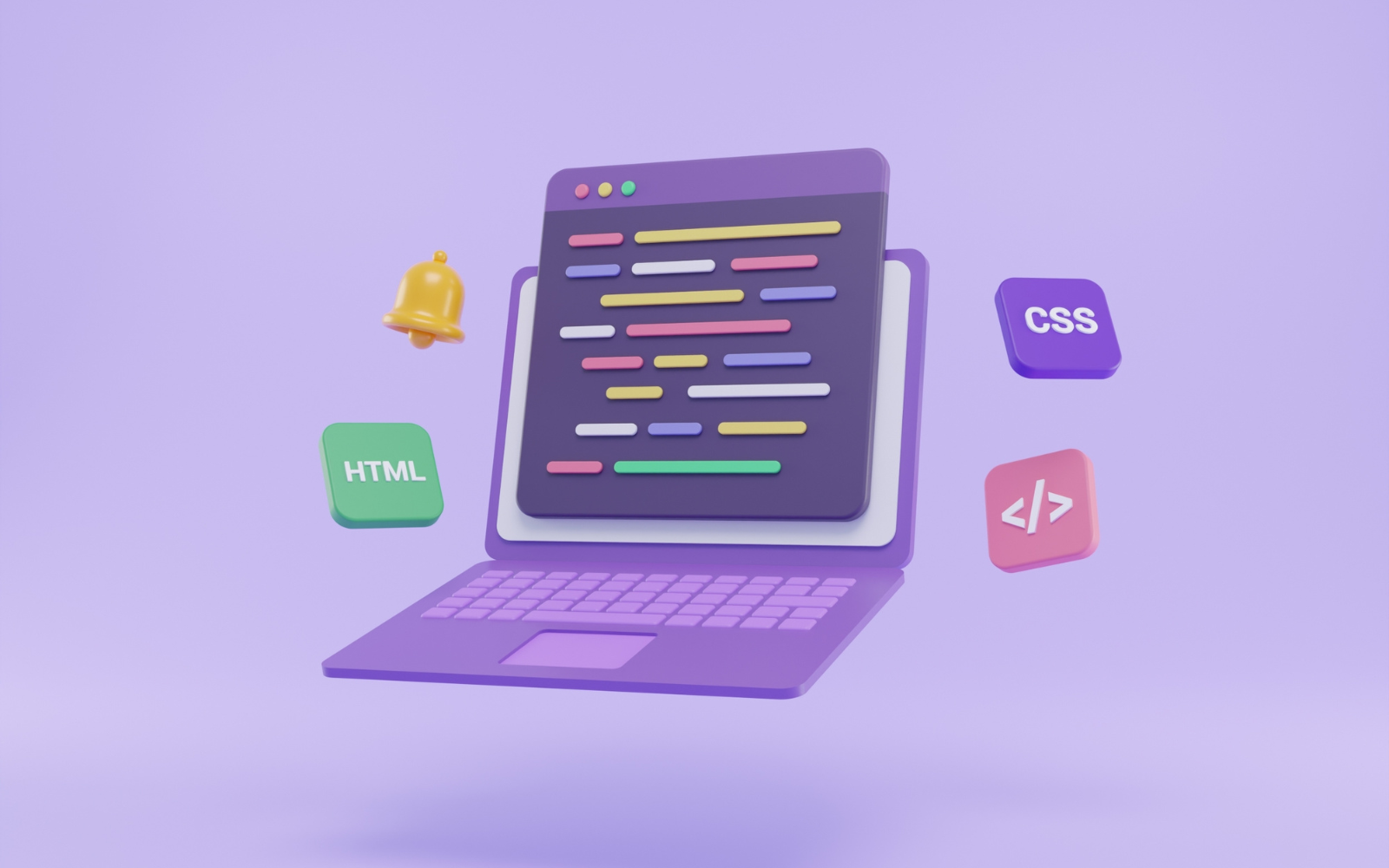
Server-side logic forms the heart of backend development, encompassing business logic, data processing, and algorithmic tasks that enable web applications to perform complex operations and deliver meaningful experiences to users.
A. Business Logic Implementation
Business logic refers to the rules, calculations, and processes that define how an application functions from a business perspective. Backend developers translate real-world business requirements into code to create the core functionalities of the application:
- Workflow and Rules: Backend developers implement the sequence of steps and rules that define how different parts of the application interact. For example, in an e-commerce application, business logic governs processes like adding items to a cart, calculating total prices, and processing orders.
- Custom Workflows: Depending on the application’s unique needs, backend developers build custom workflows that cater to specific business requirements. This might involve implementing complex approval processes, data validation, or dynamic content generation.
B. Data Processing and Manipulation
Backend developers work with data to transform, manipulate, and present it in ways that align with the application’s goals:
- Data Transformation: Raw data might need to be transformed and structured before it’s presented to users. Backend developers ensure data consistency, integrity, and proper formatting.
- Data Aggregation: Backend logic is used to aggregate and summarize data for reporting and analytics purposes. This might involve calculating averages, totals, or other statistical measures.
C. Algorithmic Tasks
Backend developers often implement algorithms to solve specific computational problems or enhance the application’s functionality:
- Search Algorithms: When users search for specific content within an application, backend developers use search algorithms to quickly locate and retrieve relevant data.
- Recommendation Systems: Backend developers design recommendation algorithms that analyze user behavior and preferences to suggest relevant content or products.
- Sorting and Filtering: Backend logic is responsible for sorting and filtering data based on user preferences, ensuring that users can easily find the information they need.
- Complex Computations: In scientific or financial applications, backend developers may implement complex mathematical or financial algorithms to perform calculations.
Bonus Article: What is eCommerce Website Development?
API Development in Backend Development
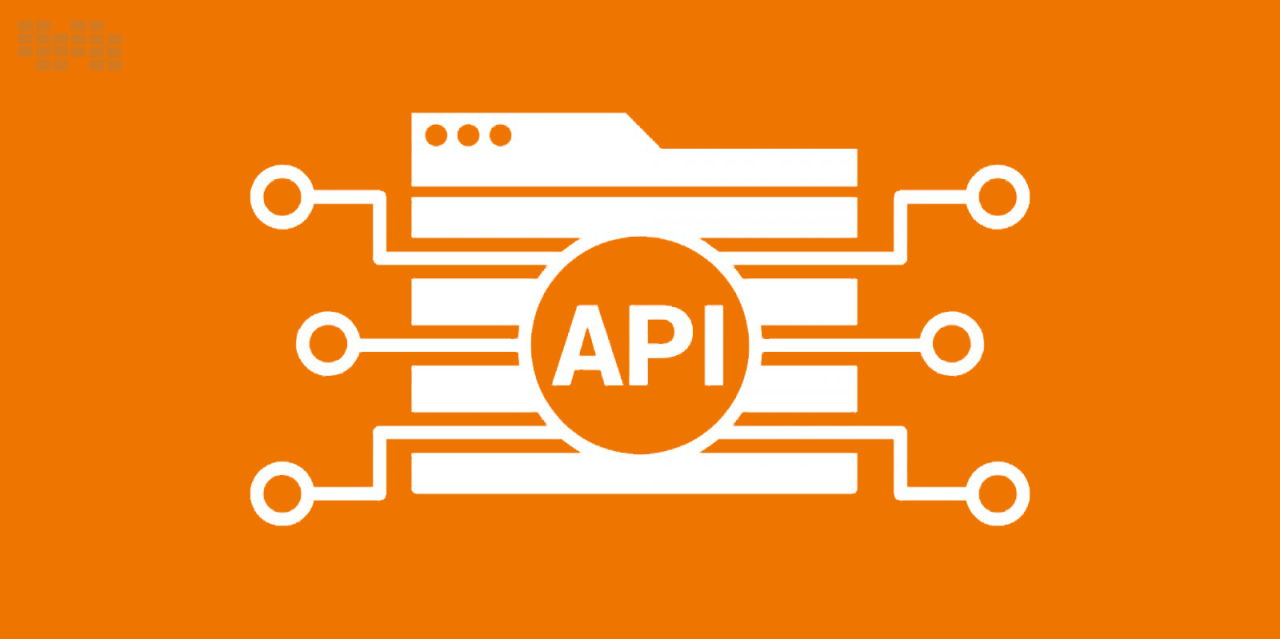
API development is a critical aspect of backend development, enabling communication between the frontend and backend components of a web application. APIs (Application Programming Interfaces) define how different software components should interact, allowing for seamless data exchange and functionality delivery.
A. Designing APIs for Frontend Communication
When designing APIs for frontend communication, backend developers must consider the following factors:
- Endpoints: Backend developers define API endpoints, which are URLs that frontend applications can use to request or send data. Each endpoint corresponds to a specific resource or action.
- Request Methods: APIs support various HTTP request methods, such as GET, POST, PUT, and DELETE. Each method has a specific purpose, such as retrieving data, creating new records, updating existing records, or deleting records.
- Data Formats: Backend developers decide on the data formats for requests and responses, such as JSON or XML. JSON is widely used due to its simplicity and compatibility with JavaScript.
B. RESTful vs. GraphQL APIs
Two common approaches to API development are RESTful APIs and GraphQL APIs. Each has its own strengths and considerations:
- RESTful APIs: Representational State Transfer (REST) APIs follow a set of architectural principles. They use standard HTTP methods and status codes, making them easy to understand and work with. REST APIs provide predefined resources, and clients request specific data from these resources.
- GraphQL APIs: GraphQL is a query language and runtime for APIs that allows clients to request exactly the data they need. Clients send queries specifying the desired data structure, which reduces over-fetching and under-fetching of data. GraphQL APIs offer greater flexibility but can require more complex implementation.
C. Handling Requests and Responses
Backend developers are responsible for handling incoming requests from frontend applications and providing appropriate responses:
- Request Parsing: Backend developers parse incoming requests to understand the requested resource, action, and any provided data.
- Data Validation: Data sent by the frontend must be validated to ensure it meets the expected criteria and is safe for processing.
- Authentication and Authorization: Backend developers implement mechanisms to verify user identities and permissions before processing requests. This ensures that only authorized users can access certain resources.
- Processing Logic: Backend developers execute the necessary logic based on the request type and data. This might involve retrieving data from databases, performing calculations, or triggering other actions.
- Response Generation: Backend developers generate responses containing the requested data or status information. Responses typically include appropriate HTTP status codes and headers.
Ready to dive into the world of web design and development? Explore our in-depth article on what is web designing and development to learn about the fundamentals, trends, and techniques!
Middleware and Integrations in Backend Development
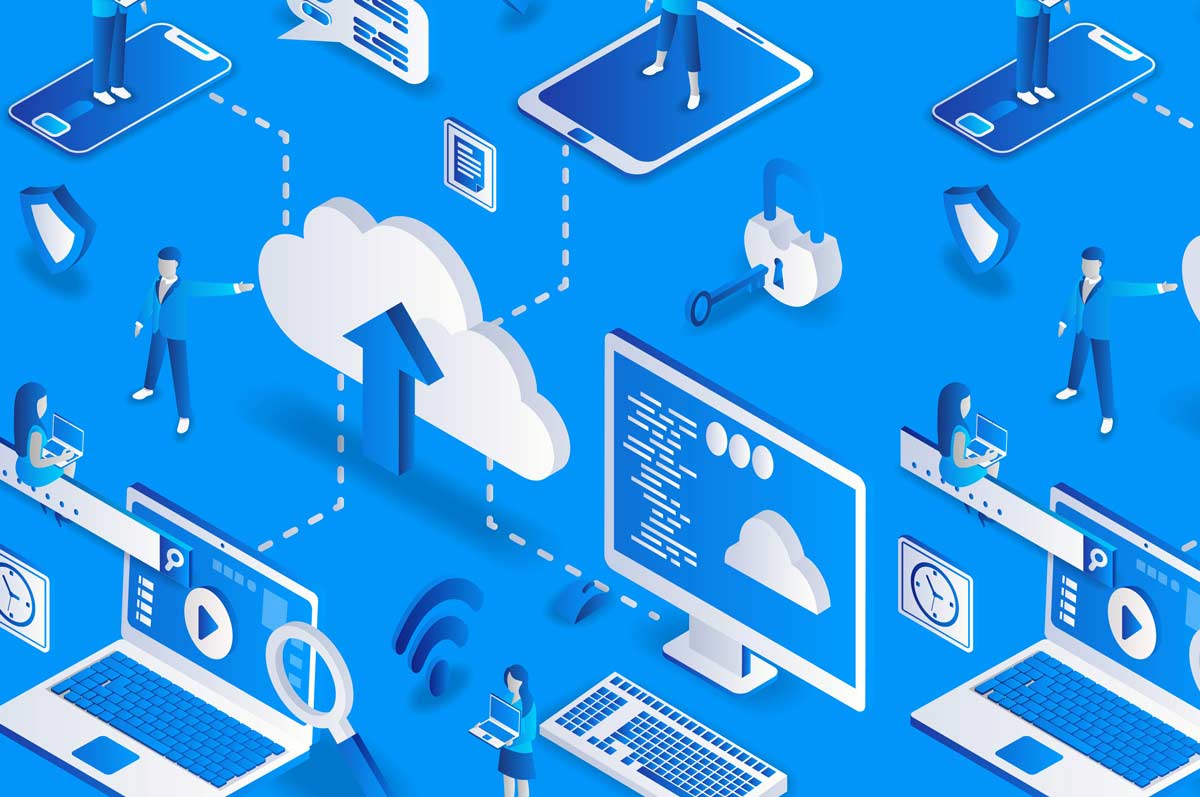
Middleware and integrations are essential components of backend development that address cross-cutting concerns, facilitate communication with external services, and enhance the functionality of web applications. These elements help streamline processes and ensure a cohesive user experience.
A. Handling Cross-Cutting Concerns
Cross-cutting concerns are aspects of an application that affect multiple components, such as authentication, logging, error handling, and security. Middleware is used to handle these concerns consistently across the application:
- Authentication Middleware: Ensures that only authenticated users can access specific routes or resources.
- Logging Middleware: Logs requests, responses, errors, and other relevant information to aid in debugging and monitoring.
- Error Handling Middleware: Catches errors and exceptions, providing a consistent way to handle and report errors to clients.
- Caching Middleware: Implements caching strategies to improve response times and reduce the load on backend resources.
- Compression Middleware: Compresses responses before sending them to clients, reducing data transfer times.
B. Integrating Third-Party Services
Modern web applications often rely on third-party services to provide additional functionality or data. Backend developers integrate these services into the application’s architecture:
- Payment Gateways: Integrate payment gateways to process transactions securely.
- Authentication Providers: Use OAuth or other protocols to allow users to sign in using third-party accounts.
- Geolocation Services: Access geolocation data to provide location-based services.
- Social Media Integration: Allow users to share content or log in using social media accounts.
C. Middleware Functions
Middleware functions are intermediaries between the incoming request and the backend logic. They play a crucial role in modifying, enhancing, or intercepting requests before they reach the main processing logic. Here are some examples of middleware functions:
- Authentication Middleware: Verifies user identity before allowing access to protected resources.
- Rate Limiting Middleware: Limits the number of requests a user can make within a specified timeframe to prevent abuse.
- Logging Middleware: Records information about requests and responses for monitoring and analysis.
- Error Handling Middleware: Captures and manages errors, ensuring that the application responds gracefully to unexpected issues.
- Security Middleware: Implements security measures such as CORS (Cross-Origin Resource Sharing) to control access to resources.
Ready to explore the nuances? Dive into our article on the differences between web development and programming and gain a deeper understanding today!
Scaling and Performance Optimization in Backend Development
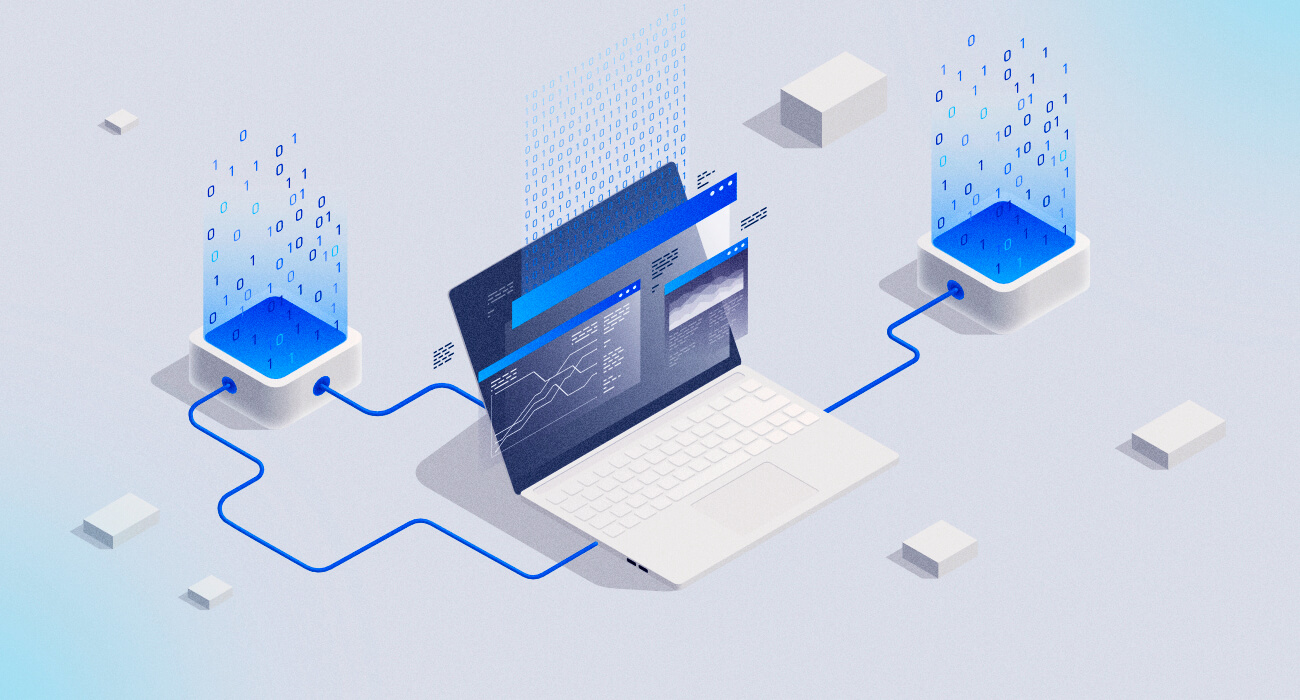
As web applications grow in complexity and user base, backend developers face the challenge of ensuring the application remains responsive, reliable, and efficient. Scaling and performance optimization strategies are vital to achieving these goals, allowing the application to handle increased traffic and deliver a seamless user experience.
A. Load Balancing
Load balancing is a technique used to distribute incoming network traffic across multiple servers or resources to prevent overloading and ensure optimal resource utilization. Backend developers implement load balancing to:
- Distribute Workload: Evenly distribute incoming requests among server instances to prevent any single server from becoming a bottleneck.
- High Availability: If one server fails, load balancers redirect traffic to healthy servers, minimizing downtime.
- Scalability: Load balancers make it easier to scale horizontally by adding more servers to handle increased demand.
B. Caching Strategies
Caching involves storing frequently accessed data in a location that allows quicker retrieval, reducing the need to fetch data from its original source. Backend developers use caching strategies to improve application performance:
- Content Caching: Cache frequently requested web pages or static assets to reduce server load and improve load times.
- Database Caching: Cache query results or entire database tables to avoid repeated database queries and speed up data retrieval.
- Object Caching: Cache objects in memory to store frequently used data structures or computations.
C. Database Optimization
Databases often play a central role in web applications, and backend developers optimize database operations to enhance performance and responsiveness:
- Indexing: Properly indexing database tables improves data retrieval speed by creating efficient data lookup structures.
- Query Optimization: Backend developers analyze and optimize database queries to minimize execution times and resource usage.
- Connection Pooling: Maintain a pool of reusable database connections to avoid the overhead of opening and closing connections for each request.
- Database Sharding: In situations with massive amounts of data, backend developers can shard databases by dividing data across multiple instances to distribute the load.
- Caching Data: Caching frequently used data in memory reduces the need for frequent database queries.
Ready to dive into the details? Explore our article on ‘How Many Hours to Develop a Website‘ and gain insights into the factors that impact development time.
Version Control and Deployment in Backend Development
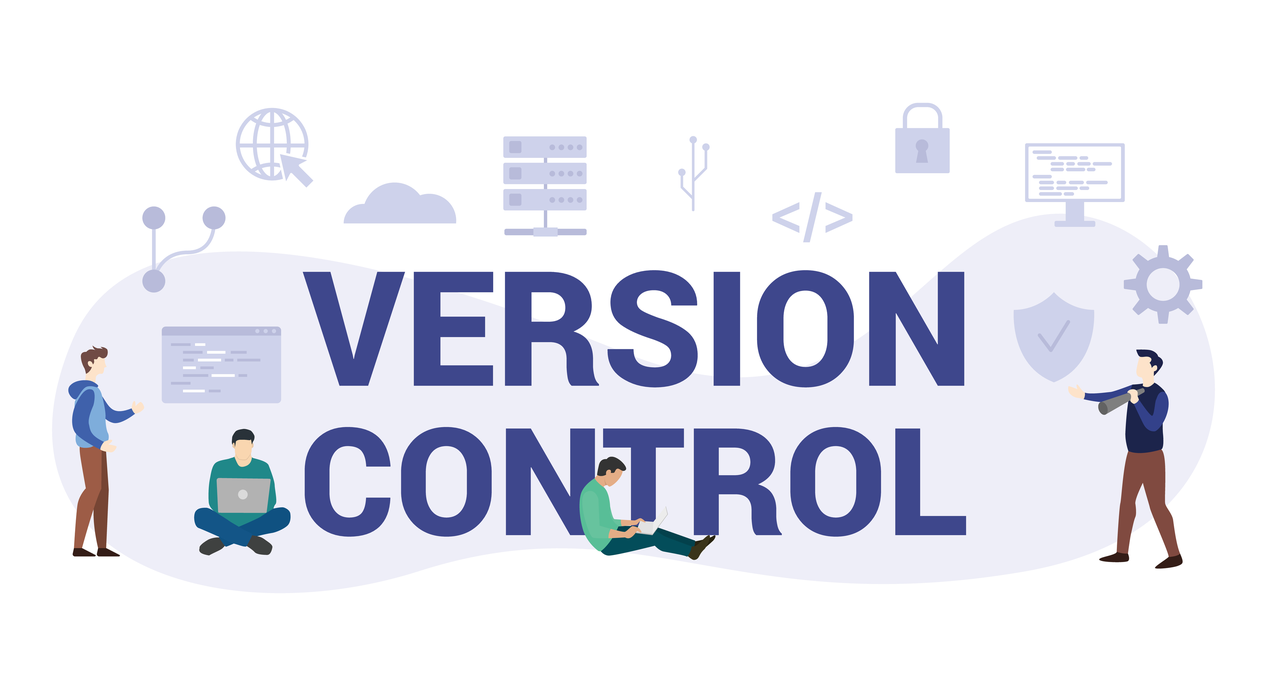
Version control and deployment processes are essential for managing the codebase, collaborating with teams, and ensuring smooth transitions from development to production environments. These practices play a crucial role in maintaining code quality, consistency, and reliability throughout the software development lifecycle.
A. Using Version Control Systems (Git)
Version control systems (VCS), with Git being the most widely used, provide a structured way to manage code changes:
- Source Code Management: Backend developers use Git to track changes to the codebase, allowing multiple developers to collaborate seamlessly on the same project.
- Version History: Git maintains a chronological history of all code changes, making it easy to track modifications, revert to previous versions, and analyze the evolution of the codebase.
- Branching and Merging: Git allows developers to create branches for new features, bug fixes, or experiments. These branches can be merged back into the main codebase when ready.
B. Continuous Integration and Deployment (CI/CD)
Continuous Integration (CI) and Continuous Deployment (CD) practices automate the process of integrating code changes and deploying them to various environments:
- Continuous Integration: Developers frequently merge their code changes into a shared repository. Automated tests are run to catch integration issues early and ensure that the codebase remains stable.
- Continuous Deployment: Once code passes tests in the CI stage, it’s automatically deployed to various environments, ensuring that the latest code changes are available for testing and review.
- Continuous Delivery vs. Continuous Deployment: Continuous Delivery stops at deploying code to a staging environment, allowing for manual testing and approval before deployment to production. Continuous Deployment automates the entire process, deploying code directly to production.
C. Deployment Environments (Dev, Staging, Production)
Different deployment environments help ensure that code changes are thoroughly tested and validated before reaching users:
- Development Environment: This environment is used by developers to build and test new features. It’s often less stable and mirrors the most current version of the codebase.
- Staging Environment: The staging environment is a near replica of the production environment. Code that has passed testing in the development environment is deployed here for further testing, including user acceptance testing (UAT).
- Production Environment: This is the live environment that users interact with. Code is deployed here after it’s been thoroughly tested and approved in the staging environment.
Ready to dive into the world of web development? Explore our in-depth guide on the essential steps of the web development lifecycle. Read now and build with confidence!
Server Management and DevOps in Backend Development
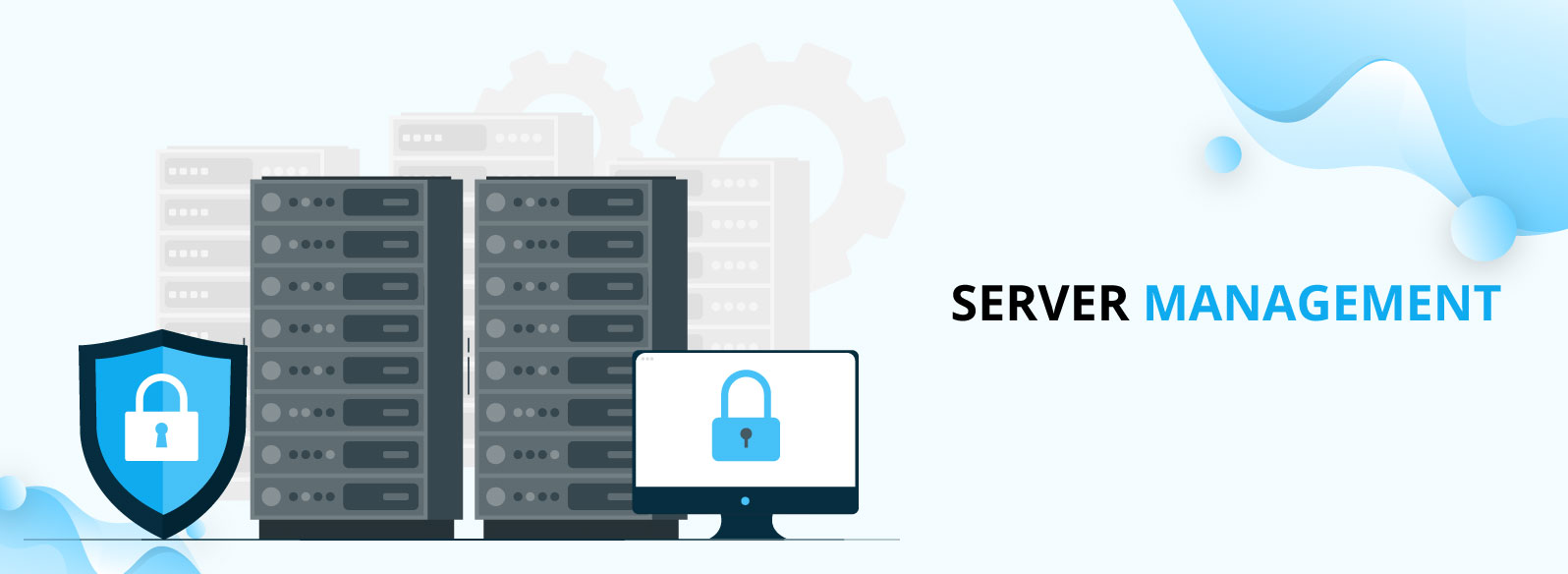
Server management and DevOps practices are integral to ensuring the stability, scalability, and reliability of web applications. These practices involve configuring and maintaining server environments, automating processes, and monitoring applications to provide a seamless experience for users.
A. Server Configuration and Maintenance
Backend developers are responsible for setting up and maintaining server environments where applications run:
- Server Configuration: Backend developers configure servers by installing required software, setting up databases, and ensuring that the server environment is optimized for the application’s needs.
- Resource Allocation: They allocate server resources such as CPU, memory, and storage appropriately to ensure the application runs smoothly and efficiently.
- Security: Server security measures, such as firewalls, intrusion detection systems, and regular security updates, are implemented to protect the server from vulnerabilities and attacks.
B. Infrastructure as Code (IaC)
Infrastructure as Code (IaC) is a practice that involves defining and managing server infrastructure using code, allowing for reproducibility and scalability:
- Automation: Backend developers use tools like Terraform or Ansible to automate the provisioning and management of servers, ensuring consistent configurations across environments.
- Versioning: IaC files are versioned, providing a history of changes to infrastructure configurations, making it easier to track and revert changes.
- Scalability: IaC enables developers to quickly spin up new server instances to handle increased traffic or demand.
C. Monitoring and Debugging
Continuous monitoring and debugging are crucial for identifying issues and ensuring optimal performance:
- Application Monitoring: Backend developers use monitoring tools to track application performance, detect bottlenecks, and analyze server metrics.
- Error Tracking: Monitoring tools help identify and track errors, allowing developers to quickly diagnose and resolve issues.
- Logs and Traces: Backend developers analyze logs and traces to understand the flow of requests, identify errors, and troubleshoot problems.
Ready to build your business website? Explore our comprehensive guide on how to create a business website and create a compelling online presence today!
Backend Testing in Backend Development

Testing is a crucial part of backend development that ensures the functionality, performance, and reliability of the application. Backend developers employ various testing methodologies and tools to identify and fix issues before they reach the production environment.
A. Unit Testing and Test-Driven Development (TDD)
Unit testing involves testing individual components or units of code in isolation to verify that they work as intended. Test-Driven Development (TDD) is a practice where developers write tests before writing the actual code:
- Unit Testing: Backend developers write unit tests to verify the correctness of specific functions, methods, or classes. These tests ensure that individual pieces of code behave as expected.
- Test-Driven Development (TDD): In TDD, developers start by writing a failing test that describes the desired behavior. They then write code to make the test pass. TDD encourages writing testable and modular code.
B. Integration and API Testing
Integration testing focuses on testing interactions between different components or services of the application, including APIs:
- Integration Testing: Backend developers test how different parts of the application interact with each other, ensuring that data flows correctly between components.
- API Testing: Backend developers perform API testing to verify that APIs respond correctly to various types of requests, handle edge cases, and return expected results.
C. Load Testing
Load testing simulates heavy user traffic to evaluate how well the application can handle high loads:
- Stress Testing: Backend developers subject the application to high traffic loads to identify bottlenecks, performance issues, and system limits.
- Scalability Testing: Load testing helps determine if the application can scale effectively to accommodate increased traffic.
Ready to find the perfect web developer for your project? Dive into our comprehensive guide on how to hire a skilled and reliable web developer today!
Conclusion
Backend in web development plays a crucial role in powering the functionality, performance, and reliability of web applications. It involves a wide range of responsibilities and tasks that contribute to the seamless operation of the application behind the scenes. From handling data management and user authentication to designing APIs, optimizing performance, and ensuring smooth deployment, backend developers are instrumental in creating robust and user-friendly applications.
Transform your online presence today! Hire a skilled web designer in Singapore to craft visually stunning and user-centric websites. Contact us now!

